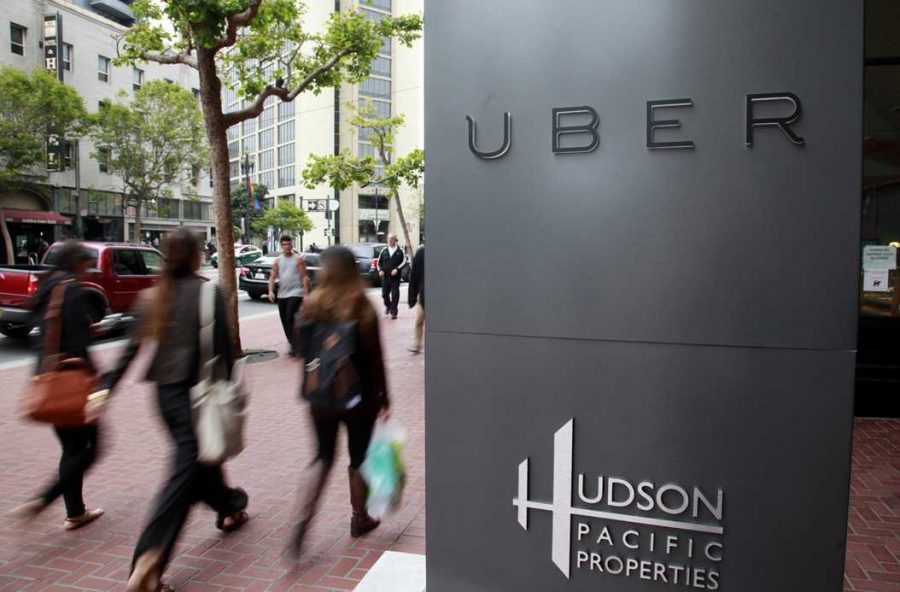As of Monday, the United States government is officially betting on self-driving cars to be a success.
Yesterday, the U.S. Department of Transportation released its first set of federal regulations on the autonomous vehicle industry. The 15-point guideline creates safety standards for driverless cars, such as uniform policies across states, how to modify current regulations and the tools for developing new regulations in the future.
The regulations come on the heels of President Barack Obama endorsing the new technology in an op-ed in the Pittsburgh Post-Gazette, celebrating the potential for self-driving cars to eliminate car accidents and open access to those who cannot drive otherwise. He emphasized that the new regulations would guarantee safety for the consumers but also enough flexibility for innovators to flourish new technology.
Yet amid all of the support and hype around self-driving cars, it is important for the companies and government officials at the center of this new technology to not forget about the people it will affect.
While the technology is still in its infancy, transparency of both the regulatory process and how the cars themselves work is essential. If self-driving cars are to be successful, the public must be able to have confidence that they will be safe. It is up to both the companies making these cars and government regulators to instill that confidence. The broad regulations introduced Monday may provide some assurance, but they are not enough.
Take Uber, for example. The company launched its first self-driving pilot program in the city last week but left many questions unanswered.
As of today, only 32 states have statewide regulations on the ride-sharing company that protect consumers — including Pennsylvania. Uber has yet to disclose information about their progress and faults in the process of developing these self-driving cars. The company has also failed to address unexpected environmental conditions that could cause complications. And the company has yet to make a plan on how its drivers will find other work once autonomous cars take over.
After several car accidents made news, such as the fatal crash by a Tesla vehicle and 18 accidents reported by Google’s self-driving operations, the level of uncertainty about the safety of the cars remains prevalent.
According to a March 2016 study by the American Automobile Association, 75 percent of drivers said they wouldn’t feel safe in a self-driving vehicle. Surely, the public wants companies to prove that this new technology is 100 percent safe.
The potential lives at stake due to an incomplete form of technology is not something to bet on.
If Uber and other companies like Google and Volvo want the public to come on board with autonomous vehicles, they will have to do a bit more than receive the President’s blessing.
The rush to get these self-driving cars out for the sake of innovation should not be overshadowed by the reasons why they were made in the first place: to make humans safer and technology better.
Uber and other companies developing self-driving cars need to be open about possible errors and complications in the process. They need to prove that we are ready for this technology to be in use. They need to address the concerns of its drivers and consumers and how they can serve them better in this transition.
Thus far, information about these cars that we’re told are about to become widespread for use in our city is scant.
As much as we’d like to embrace this new technology, it will take time and answers to have our full support.


